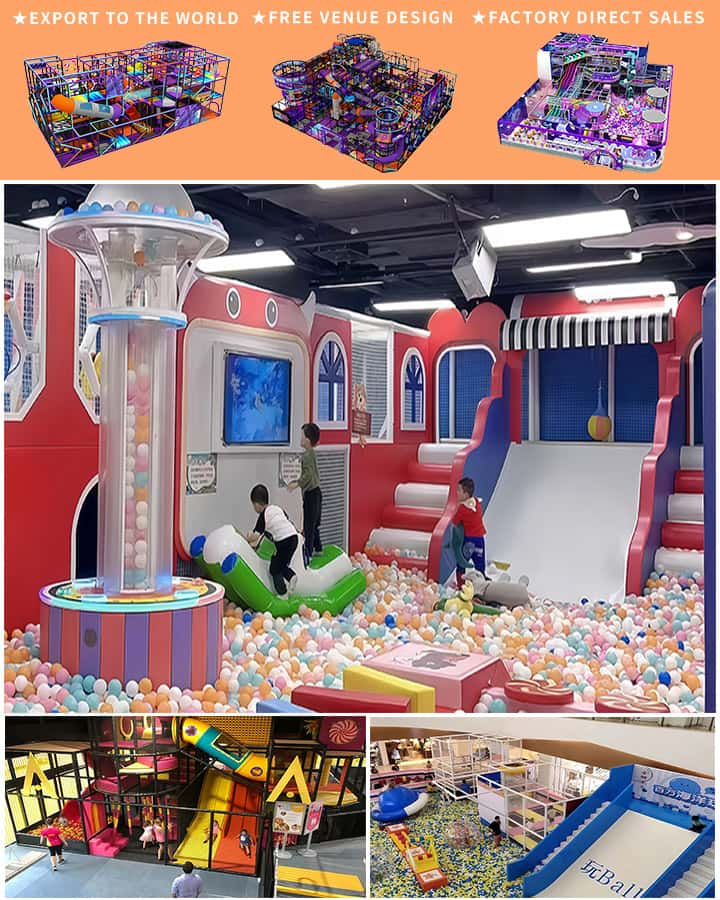As parents and caregivers, one of our primary concerns is ensuring that our little ones have a safe yet entertaining environment to explore and play in. A natural playground offers an ideal solution by providing toddlers with the opportunity to engage with nature, fostering both their physical and cognitive development. In this article, we will discuss the benefits of natural playground equipment for toddlers and offer some creative ideas to set up such a space.
The Benefits of Natural Playground Equipment
Physical Development: Natural playgrounds encourage physical activity, which is essential for toddlers’ growth and development. Climbing on rocks, balancing on logs, and running through meadows can enhance motor skills, coordination, and strength.
Cognitive Growth: Interacting with natural elements stimulates curiosity and creativity. Toddlers learn by exploring different textures, colors, and shapes, which aids in their cognitive development.
Emotional Well-being: Spending time in nature has been proven to reduce stress and improve mood. A natural playground allows children to experience the calming effects of the outdoors, promoting emotional well-being.
Environmental Awareness: Early exposure to nature nurtures an appreciation for the environment. Toddlers who grow up playing in natural settings are more likely to develop a sense of responsibility towards protecting the environment.

Creative Ideas for Natural Playground Equipment
Tire Swings: Repurpose old tractor or car tires by hanging them from sturdy branches to create fun swings. These swings provide a unique sensory experience and can be used for both solo and group play.
Sandboxes: Dig a shallow pit and fill it with sand or soil to create a natural sandbox. Toddlers can use sticks, stones, and leaves to build structures, enhancing their imaginative play.
Water Features: Incorporate small water features like a shallow pool or a gently flowing stream. Toddlers love splashing around, and water play is great for sensory development during warm weather.
Rock Climbing Area: Arrange rocks or logs in varying sizes to construct a climbing area. This not only provides excellent physical exercise but also teaches problem-solving skills as children navigate their way up and down.
Nature Pathways: Create winding pathways using wood chips or gravel where toddlers can walk, run, or ride tricycles. Adding signs with pictures of animals or plants along the path can make the experience educational.
Treehouse: Build a simple treehouse or platform elevated off the ground. Ensure it is securely anchored and equipped with ladders or steps for easy access. This hideaway spot can become a favorite retreat for imaginative adventures.
Log Benches: Use large, flat logs to craft benches where children can sit and rest. These benches double as platforms for storytelling or quiet reading sessions.
Safety Considerations
While designing a natural playground, safety should always be a top priority:
- Non-Toxic Materials: Ensure all materials used are non-toxic and free from sharp edges.
- Supervision: Always supervise toddlers while they are playing to prevent accidents.
- Accessibility: Design the playground in a way that is accessible to children of all abilities.
- Maintenance: Regularly inspect the playground for any hazardous elements such as loose nails, rotting wood, or slippery surfaces.
In conclusion, a natural playground tailored for toddlers offers an array of benefits that extend beyond mere recreation. By incorporating natural elements into the design, we create a stimulating environment that promotes holistic development. With a bit of creativity and careful planning, you can transform your outdoor space into a wonderland where your child can grow, learn, and thrive amidst nature’s beauty.




